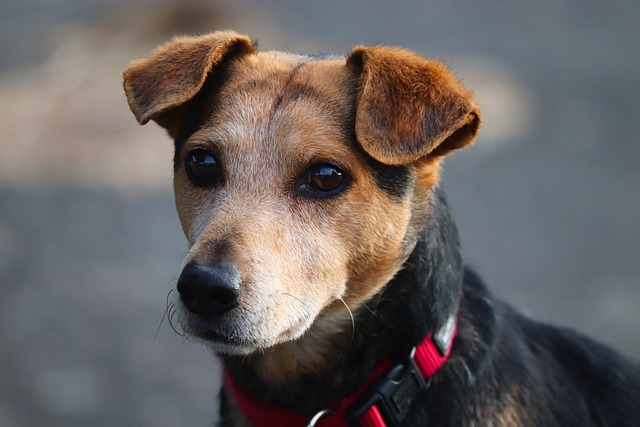Seeing your normally sweet dog bare its teeth and growl is heart-wrenching. That aggression isn’t just scary—it’s a cry for help. Whether it’s triggered by fear, pain, or territorial instincts, responding the right way can mean the difference between de-escalation and disaster. Let’s explore how to turn those tense moments into opportunities for healing.
First things first: never punish aggression. In most regions, using physical force or shock collars to “correct” aggressive behavior violates animal welfare laws and can actually worsen the problem. Aggression is a dog’s way of saying “I’m overwhelmed,” and punishing them only amplifies their stress. Instead, take a deep breath and focus on safety.
Create distance without turning your back. Sudden movements can trigger a chase response, so slowly sidestep away while keeping your body angled toward the dog. If possible, use a barrier like a table or door to separate you. Remember, your own calm demeanor matters—dogs pick up on human anxiety, so steady your voice and movements.
 Identify the trigger. Is your dog protecting a toy, reacting to another animal, or showing signs of resource guarding? Understanding the root cause helps tailor your approach. For dogs with fear-based aggression, gradual desensitization training, approved by most behavioral guidelines, can be effective. But this requires patience—rushing the process risks setbacks.
Identify the trigger. Is your dog protecting a toy, reacting to another animal, or showing signs of resource guarding? Understanding the root cause helps tailor your approach. For dogs with fear-based aggression, gradual desensitization training, approved by most behavioral guidelines, can be effective. But this requires patience—rushing the process risks setbacks.
Positive reinforcement is key. Once the dog has relaxed slightly, offer a high-value treat from a safe distance. Use a calm, soothing voice to associate your presence with good things. Over time, you can start rewarding non-aggressive behavior, like sitting quietly or making eye contact. Just make sure any training methods comply with local pet care regulations.
For persistent aggression, consult a certified professional. In many areas, only trainers or behaviorists with proper credentials can legally provide aggression modification services. They’ll assess your dog’s specific needs and create a customized plan, often involving controlled exposure to triggers in a safe environment.
Home adjustments can also make a difference. If territorial aggression is an issue, install a privacy fence to reduce outside stimuli. For dogs that get overly protective of food, try feeding them in separate rooms. These small changes, compliant with local zoning laws regarding pet enclosures, can alleviate stress over time.
Above all, remember that aggression isn’t a character flaw—it’s a symptom. With the right combination of patience, professional guidance, and a deep understanding of your dog’s needs, you can help them overcome their fears. The journey might be challenging, but seeing your dog wagging its tail without fear or aggression makes every effort worthwhile.

 Identify the trigger. Is your dog protecting a toy, reacting to another animal, or showing signs of resource guarding? Understanding the root cause helps tailor your approach. For dogs with fear-based aggression, gradual desensitization training, approved by most behavioral guidelines, can be effective. But this requires patience—rushing the process risks setbacks.
Identify the trigger. Is your dog protecting a toy, reacting to another animal, or showing signs of resource guarding? Understanding the root cause helps tailor your approach. For dogs with fear-based aggression, gradual desensitization training, approved by most behavioral guidelines, can be effective. But this requires patience—rushing the process risks setbacks.



